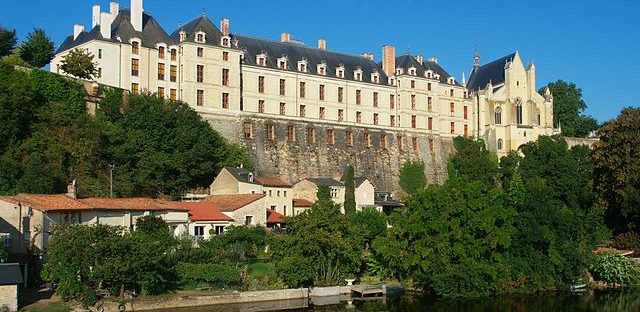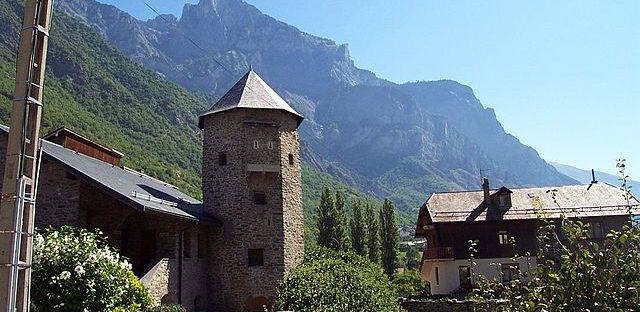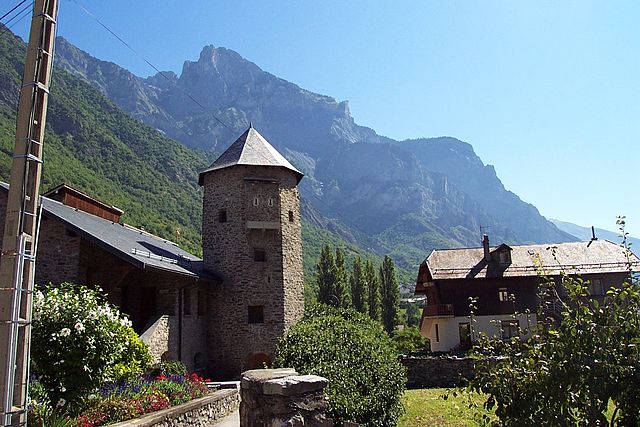Implementation: Perpignan is a city and commune located in France near the Spanish border. In 2008, the City of Perpignan and the Perpignan Méditerranée Communauté d'Agglomération, a collection of 36 towns in the region, signed an agreement to make Perpignan an "energy positive" city by 2015 - that is, a city that generates more electricity with renewable sources than the citizens consume. Named the first Grenelle 2015 Agreement, it set out a vision to modify the city's approach to urban development by engaging in energy efficient housing, sustainable transportation, organic agriculture, local food production, air/water resource conservation, and environmental protection. The agreement also aims to ensure that each town maintains its identity, individuality, traditions and way of life, while the above measures are carried out. Part of the strategy is to make the people of the region "eco-citizens" by sharing information, developing school programs, and engaging the business community, etc. Specifically, the plan aims to generate 440,000 euros per year to cover residential needs with an investment of about 500 million euros, with a return on investment of between 10 and 15 years.
In relation to the energy target, the plan includes a wind development zone for 41 wind turbines with a generating capacity of 294,000 MWh a year, which could cover 67% of the region's electricity needs. The plan also aims to generate 48,000 MWh annually from rooftop solar photovoltaic installations on public buildings. Solar PV on private buildings covering around 120,000 square meters of roof space is envisioned, thereby providing 10% of the involved community's electricity demand. To help support this goal, CEMOI, a leading producer and exporter of French chocolate, has invested in a solar production facility. Additionally, a solar park of approximately 100 hectares (over a third of a square mile) is to generate 42,000 MWh per year.








